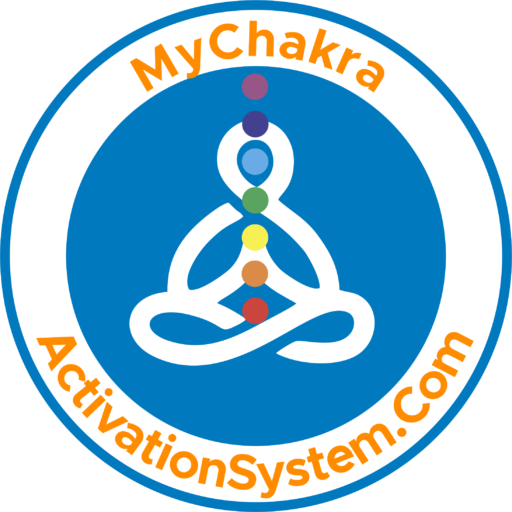The Subtle Body and Chakras
The energy centers known as chakras are an integral part of the subtle body. Although they cannot be seen, they are often depicted as colorful symbols that can be found in yoga studios and spiritual stores. Originating from India and with roots in Hinduism and Tantra, the chakras have been interpreted in various ways.
Ancient Origins and Cultural Significance
The concept of chakras can be traced back to ancient Indian texts, such as the Vedas and the Upanishads. These texts describe the subtle body as a complex system of energy centers that are interconnected and influence our physical, mental, and emotional well-being.
In Hinduism, the chakras are believed to be located along the central channel of the body, known as the Sushumna. There are seven main chakras, each associated with a specific color, element, and aspect of our being.
In Tantra, the chakras are seen as energy vortexes that can be activated and balanced through various practices, including meditation, yoga, and breathwork. The goal is to awaken the dormant energy within each chakra and allow it to flow freely, leading to a state of harmony and enlightenment.
The Seven Chakras and Their Meanings
Each of the seven chakras is associated with a specific area of the body and has its own unique qualities and characteristics:
1. Root Chakra (Muladhara)
Located at the base of the spine, the root chakra is associated with our sense of stability, security, and groundedness. It is represented by the color red and is connected to the element of earth.
2. Sacral Chakra (Svadhisthana)
Located in the lower abdomen, the sacral chakra is associated with our emotions, creativity, and sexuality. It is represented by the color orange and is connected to the element of water.
3. Solar Plexus Chakra (Manipura)
Located in the upper abdomen, the solar plexus chakra is associated with our personal power, confidence, and self-esteem. It is represented by the color yellow and is connected to the element of fire.
4. Heart Chakra (Anahata)
Located in the center of the chest, the heart chakra is associated with love, compassion, and emotional healing. It is represented by the color green and is connected to the element of air.
5. Throat Chakra (Vishuddha)
Located in the throat, the throat chakra is associated with communication, self-expression, and speaking our truth. It is represented by the color blue and is connected to the element of sound.
6. Third Eye Chakra (Ajna)
Located between the eyebrows, the third eye chakra is associated with intuition, insight, and spiritual awareness. It is represented by the color indigo and is connected to the element of light.
7. Crown Chakra (Sahasrara)
Located at the top of the head, the crown chakra is associated with our connection to the divine, higher consciousness, and spiritual enlightenment. It is represented by the color violet or white and is connected to the element of thought.
Working with the Chakras
Working with the chakras involves bringing awareness to each energy center, identifying any imbalances, and taking steps to restore harmony. This can be done through various practices, such as meditation, visualization, chanting, and energy healing.
By working with the chakras, we can cultivate a deeper understanding of ourselves and our energetic patterns. We can also enhance our overall well-being and spiritual growth.
It’s important to note that while the chakras have their roots in ancient traditions, they are also embraced by many in modern times as a tool for self-discovery and personal transformation. Whether you approach them from a spiritual or psychological perspective, the chakras offer a valuable framework for exploring the depths of our being.
